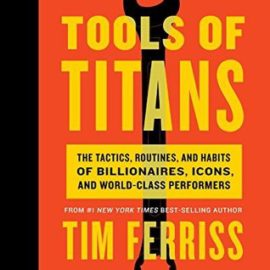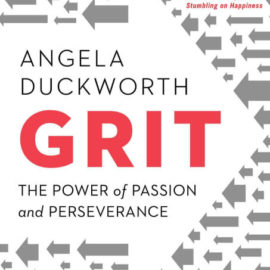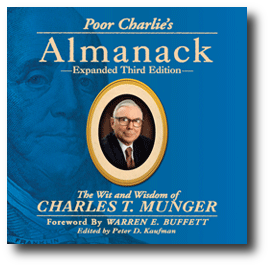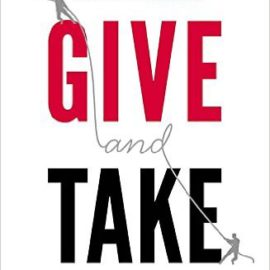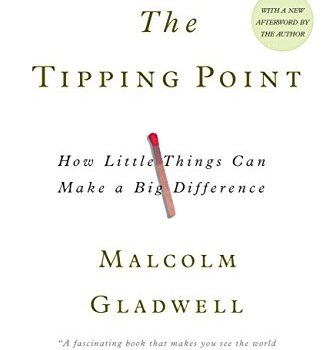
Want to learn the ideas in The Tipping Point better than ever? Read the world’s #1 book summary of The Tipping Point by Malcolm Gladwell here.
Read a brief 1-Page Summary or watch video summaries curated by our expert team. Note: this book guide is not affiliated with or endorsed by the publisher or author, and we always encourage you to purchase and read the full book.
Video Summaries of The Tipping Point
We’ve scoured the Internet for the very best videos on The Tipping Point, from high-quality videos summaries to interviews or commentary by Malcolm Gladwell.
1-Page Summary of The Tipping Point
Overall Summary
At certain points in history, ideas suddenly become popular. This phenomenon is called a social epidemic. Most people think that these epidemics happen gradually and slowly but in fact many changes are sudden and fast-moving. The moment at which an idea becomes widespread is called a “tipping point”. The book seeks to understand why this happens and how it can be controlled or started on purpose.
There are three ways to understand social epidemics: the people who cause them; the content of those epidemics (i.e., products, messages, ideas or behaviors that are spread); and their environment or context in which they take place. Each way corresponds to a different rule or law of how social epidemics work.
There are three kinds of people who play a major role in social epidemics: Connectors, Mavens, and Salesmen. A Connector has so many connections that he or she can easily spread information to many other people. For example, if someone knows about an exciting new product, the Connector will tell his/her friends about it and explain why it’s such a good bargain. If one of those friends is also a Connector with many contacts, then news of the product will reach even more people through him/her. Therefore, when there is an important piece of information that needs to be spread quickly—like word about a hot new product—a Connector is likely to help get the word out faster than others would be able to do on their own. The second kind of person who plays an important role in social epidemics is called a Maven. A Maven loves acquiring knowledge and sharing what s/he knows with others; therefore, if there’s something new happening (e.g., some cool new trend), then this person will definitely share what s/he knows with friends and acquaintances alike. When someone tells another person how great something is (e.g., “This car gets really good gas mileage!”), that person may become interested enough in trying out whatever the speaker recommends for himself / herself, too. So when one person shares something interesting with another, news spreads very quickly from one friend to another because they trust each other. Finally, there are Salesmen ; these are people who persuade others into doing things like buying products or changing their behavior by giving them advice or ideas (e.g., telling them how much better life could be if they bought your brand). If someone becomes aware of some sort of trend going around (for example : everyone seems obsessed over using mobile phones ), this salesman might try out whatever he / she has heard about as well ; after all, why not ? It ‘s probably worth checking out !
The second law of social epidemics is the concept of “stickiness.” People are important in disseminating information and spreading word about trends, but that’s not enough. The idea being spread must be at least somewhat intriguing or addictive—in a word, sticky. Advertising agencies often spend millions to determine what makes something sticky for consumers. One example is Sesame Street (a children’s TV show). Researchers found that children enjoyed TV shows that blended fantasy and reality; hence famous characters like Big Bird and Oscar the Grouch were created. Later on, Blue’s Clues improved upon Sesame Street research by showing that children like shows with strong narrative and lots of repetition; thus educating millions of kids about reading and counting through its stickiness.
The Broken Window Theory is a great example of the importance of context and environment in shaping human behavior. The theory suggests that if minor crimes are prevented, then serious crimes will decrease as well. People have the same personalities and abilities before and after this theory was enacted, but they were less likely to commit serious crimes because their city’s environment did not encourage these crimes.


